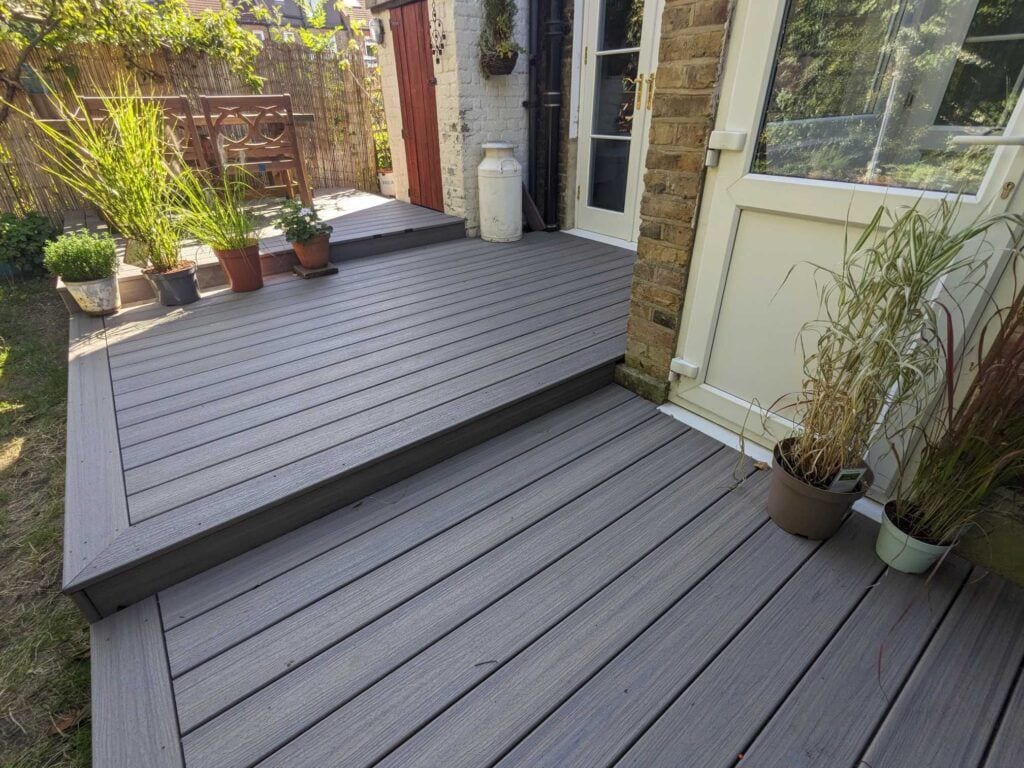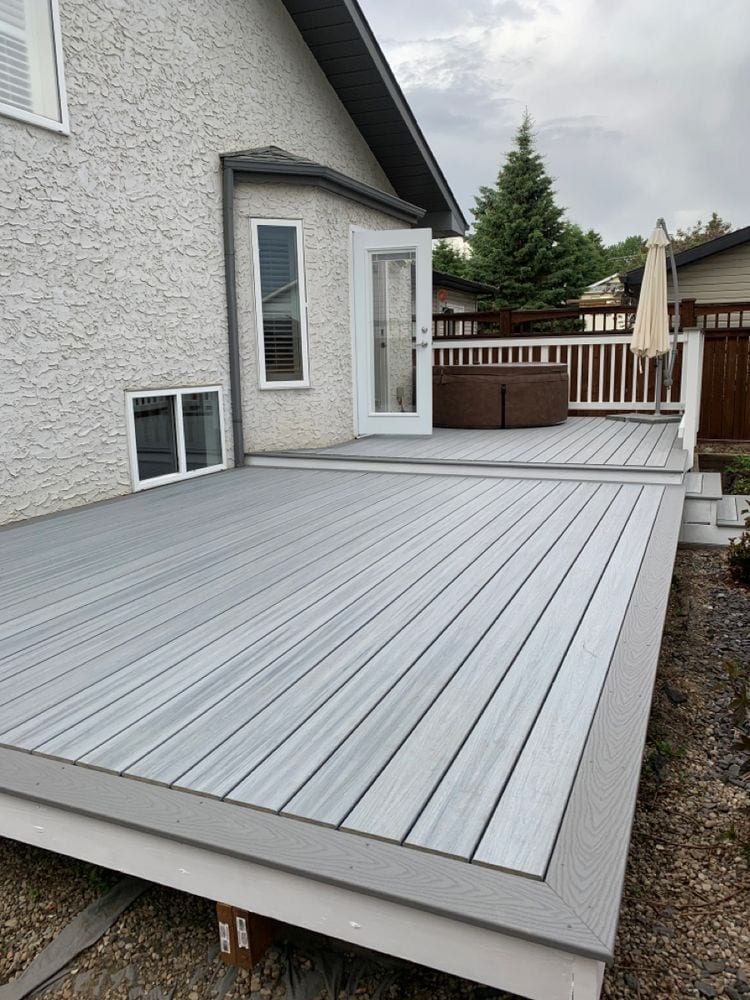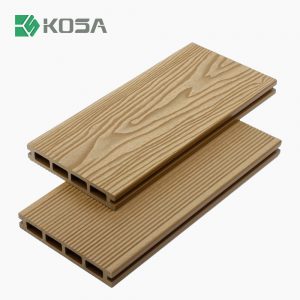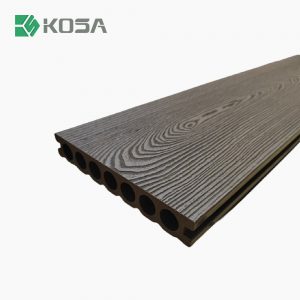
Outdoor decking is a critical element in modern landscaping and architectural design, offering a functional and aesthetic extension of living spaces. When selecting decking materials, homeowners and builders often face a dilemma: Should they choose traditional wood, conventional composite materials, or newer innovations like *co-extrusion composite decking*? In recent years, co-extrusion composite decking has emerged as a superior choice for outdoor applications. This article explores the unique advantages of this material and why it stands out in the competitive market of outdoor decking solutions.
1. What Is Co-extrusion Composite Decking?
Co-extrusion composite decking is a technologically advanced material made by combining two distinct layers during manufacturing:
protective outer shell (cap layer) composed of high-density polyethylene (HDPE), PVC, or other polymers mixed with UV inhibitors and stabilizers.
core layer reinforced with wood fibers, bamboo, or mineral-based fillers for structural strength.
This dual-layer design ensures that the material inherits the best qualities of both components: the durability of polymers and the natural aesthetic appeal of wood.
2. Key Advantages of Co-extrusion Composite Decking
Unmatched Durability and Weather Resistance
Traditional wood decking is prone to rot, splintering, and insect damage, while standard composite materials may fade or warp under prolonged sun exposure. Co-extrusion decking addresses these issues head-on:
UV Resistance: The cap layer includes UV inhibitors that prevent fading, even in harsh sunlight.
Waterproofing: The outer shell repels moisture, eliminating risks of swelling, cracking, or mold growth.
Temperature Tolerance: Resists warping in extreme heat or cold, making it suitable for diverse climates.
Scratch and Stain Resistance: The tough surface withstands heavy foot traffic, furniture, and spills.
Low Maintenance Requirements
Wood decks demand regular staining, sealing, and sanding to maintain their appearance. Co-extrusion composite decking, however, requires minimal upkeep:
No Painting or Sealing: The color is integrated into the material, eliminating the need for refinishing.
– Easy Cleaning: Dirt and debris can be washed away with soap and water.
– Long Lifespan: Most co-extrusion products come with warranties of 25–30 years, far exceeding traditional wood’s 10–15-year lifespan.
Eco-Friendly and Sustainable
As sustainability becomes a priority, co-extrusion decking offers a greener alternative:
– Recycled Materials: Many brands use recycled plastics and reclaimed wood fibers, reducing landfill waste.
– No Chemical Treatments: Unlike pressure-treated wood, it contains no toxic preservatives like arsenic or copper.
– Reduced Deforestation: Minimizes reliance on virgin timber, protecting natural ecosystems.
Aesthetic Versatility
Co-extrusion decking mimics the look of natural wood with realistic grain patterns and color variations. It is available in a wide range of hues—from classic cedar tones to modern grays—allowing customization to match any architectural style. Unlike wood, the color remains consistent over time, avoiding uneven weathering.
Safety and Comfort
The textured surface of co-extrusion decking provides slip resistance, even when wet—a crucial feature for pool decks or rainy climates. Additionally, the material stays cooler underfoot compared to PVC or metal alternatives, enhancing comfort during hot summers.

3. Co-extrusion vs. Traditional Materials: A Cost-Benefit Analysis
While co-extrusion composite decking has a higher upfront cost than pressure-treated wood, its long-term value is undeniable:
Lower Lifetime Costs: Savings on maintenance, repairs, and replacements offset the initial investment.
– Increased Property Value: A durable, attractive deck boosts curb appeal and resale potential.
– Time Savings: Homeowners avoid the labor-intensive upkeep required for wood decks.
4. Applications of Co-extrusion Composite Decking
This material is ideal for:
– Residential decks, patios, and balconies
– Commercial spaces like rooftop bars and restaurant terraces
– Pool surrounds and marina boardwalks
– Public parks and boardwalks
Its versatility makes it suitable for both residential and high-traffic commercial projects.
5. Conclusion
Co-extrusion composite decking represents the pinnacle of innovation in outdoor building materials. By combining durability, sustainability, low maintenance, and aesthetic appeal, it outperforms traditional wood and conventional composites in nearly every category. For homeowners and designers seeking a long-lasting, eco-conscious, and visually stunning outdoor solution, co-extrusion composite decking is a future-proof investment that delivers peace of mind and lasting beauty.





